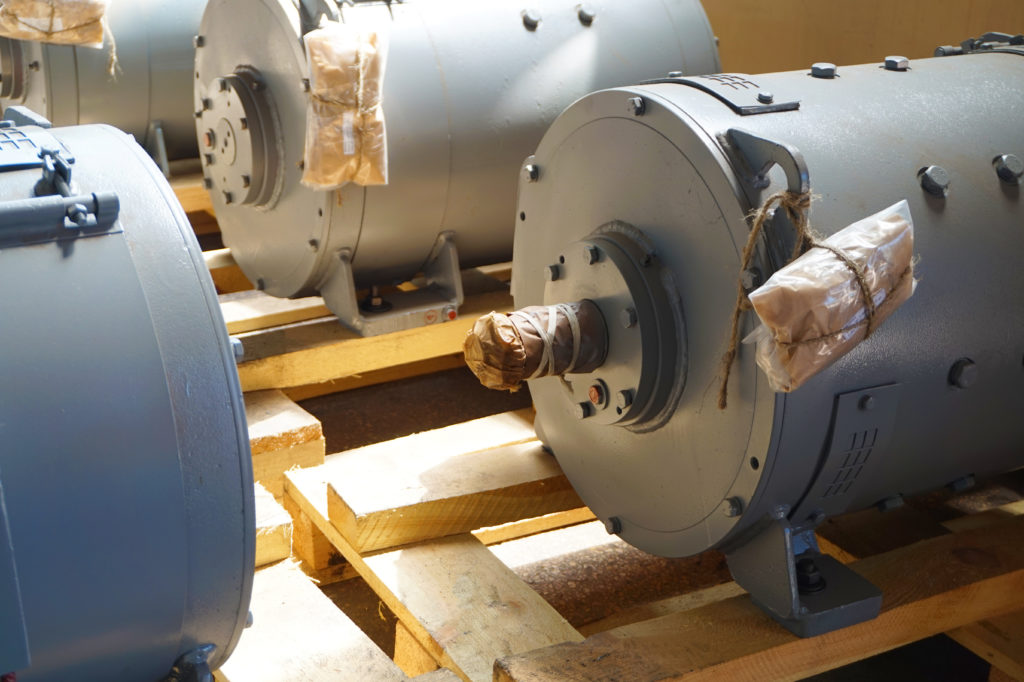Unlike AC motors, DC motors require much more from a maintenance crew to properly keep running. But how does one quickly spot for problems in a DC motor without tearing it down unnecessarily? Here are few tips, using only basic inspection methods, to root out some probable issues that need addressing.
How does the commutator look?
In a DC motor, the point of electrical contact between the brushes to carry current to the armature windings is a part called a commutator. The look of which will tell you a lot about the current condition of the motor in general. If you see a little build-up of a brownish-soot like substance along where the commentator meets the brushes, do not be alarmed. This is normal. This is a buildup of copper that normally occurs. You should see this along the brush path. What you are really looking for here are any signs of abnormal wear. If there is a substantial groove forming at the brush path, this could be a sign of an issue. This is normally caused by some form of grit or contamination that gets in between where the brush meets the commutator and is trapped there creating a groove. This will only get worse over time. The best thing to do here would be to take out the brushes and give the brush-holder assembly and commutator a good cleaning. If the commutator is too worn or is starting to spark or give off a burning electrical smell during operation, it may need to be repaired through machining.
Inspect the Brushes
Another point of concern would be the brushes themselves. When removed you may notice them worn down more than expected. If the commutator is fine, then you may have an issue with the springs that load the brushed onto the commutator. If they are loaded too tightly, this will cause them to wear down. There also can be issues if one or more are not adjusted in balance with the others so that equal contact is not made.
Look for Contamination
The number one killer of DC motors is contamination. Due to the needs of their design, most larger DC motors have frames that are not enclosed, with air pathways leading into the motor for cooling purposes. This, coupled with the fact that the brush holder assembly makes a good place for debris to gather, is why it is important that you inspect DC motors thoroughly and clean them regularly.
Be sure to visit us online at www.gesrepair.comor call us at 1-877-249-1701 to learn more about our services. We’re proud to offer Surplus, Complete Repair and Maintenance on all types of Industrial Electronics, Servo Motors, AC and DC Motors, Hydraulics and Pneumatics. Please subscribe to our YouTube page and Like Us on Facebook! Thank you!
